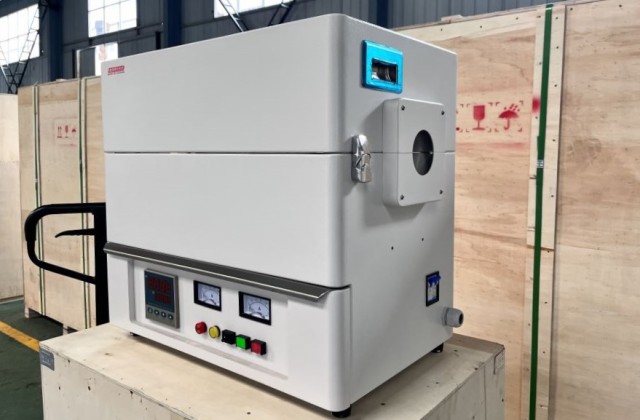Introduction to Tube Furnaces
Applications and Uses
Tube furnaces are highly versatile heating equipment, widely employed in both industrial settings and research laboratories. Their applications span across multiple disciplines, making them indispensable tools for various processes.
Industrial Applications
In the industrial sector, tube furnaces are primarily used in:
- Metallurgy: For heat treatment and annealing of metals to improve their mechanical properties and durability.
- Ceramics: In the firing and sintering of ceramic materials to achieve desired physical and chemical properties.
- Chemical Synthesis: For the production of high-purity chemicals and catalysts, ensuring precise temperature control.
Laboratory Uses
In research laboratories, tube furnaces are crucial for:
- Material Science: Conducting experiments on material properties under controlled thermal conditions.
- Pharmaceutical Research: Synthesizing and processing pharmaceutical compounds at high temperatures.
- Environmental Studies: Analyzing the effects of high temperatures on environmental samples, such as soil or waste materials.
Specific Processes
Some specific processes facilitated by tube furnaces include:
- Annealing: A process used to reduce the hardness of metal, improve machinability, and enhance mechanical properties.
- Sintering: A method used to create objects from powders by heating them to just below their melting point, causing them to bind together.
- Pyrolysis: A thermal decomposition process used in chemical analysis to break down complex organic materials into simpler compounds.
These versatile applications and uses highlight the critical role of tube furnaces in advancing technological and scientific endeavors across various fields.
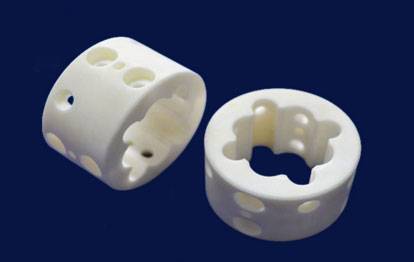
Structure and Components
Shell and Insulation
The shell of a laboratory tube furnace is typically constructed from high-grade materials such as stainless steel or aluminum alloy. These materials are chosen for their exceptional durability and corrosion resistance, ensuring that the furnace can withstand the harsh conditions often encountered in laboratory settings. Stainless steel, in particular, offers a robust combination of strength and resistance to both chemical and physical degradation, making it an ideal choice for the furnace shell.
In addition to the shell, the insulation layers play a critical role in the furnace's performance. These layers are designed to minimize energy loss, thereby enhancing the overall efficiency of the furnace. By reducing heat dissipation, the insulation ensures that more of the generated heat is retained within the furnace, leading to more consistent temperature control and reduced energy consumption. This not only contributes to cost savings but also aligns with modern sustainability practices, making tube furnaces an environmentally friendly choice for laboratories and industries alike.
Heating Devices
The core heating elements in laboratory tube furnaces are pivotal for achieving the high temperatures required for various applications. These elements include resistance wires, silicon carbon rods, and silicon molybdenum rods. Each of these components plays a distinct role in the heating process, ensuring that the furnace can reach and maintain the necessary temperatures for experiments and industrial processes.
-
Resistance Wires: These are fundamental in converting electrical energy into heat. They are designed to have a high resistance, which allows them to generate significant heat when a current is passed through them. The strategic placement of these wires within the furnace ensures uniform heating, crucial for consistent results.
-
Silicon Carbon Rods: Known for their durability and high-temperature resistance, silicon carbon rods are essential for processes that require sustained high temperatures. They can operate efficiently at temperatures exceeding 1,400°C, making them ideal for applications in metallurgy and ceramics.
-
Silicon Molybdenum Rods: These rods offer a balance between high-temperature capability and longevity. They are particularly effective in environments where oxidation is a concern, as they form a protective layer that prevents further oxidation. This makes them suitable for use in atmospheres that include oxygen.
The selection of heating elements is not arbitrary; it depends on the specific requirements of the process, including the desired temperature range and the nature of the materials being processed. The combination of these elements ensures that the tube furnace can deliver the precise heating conditions needed for a wide array of applications.
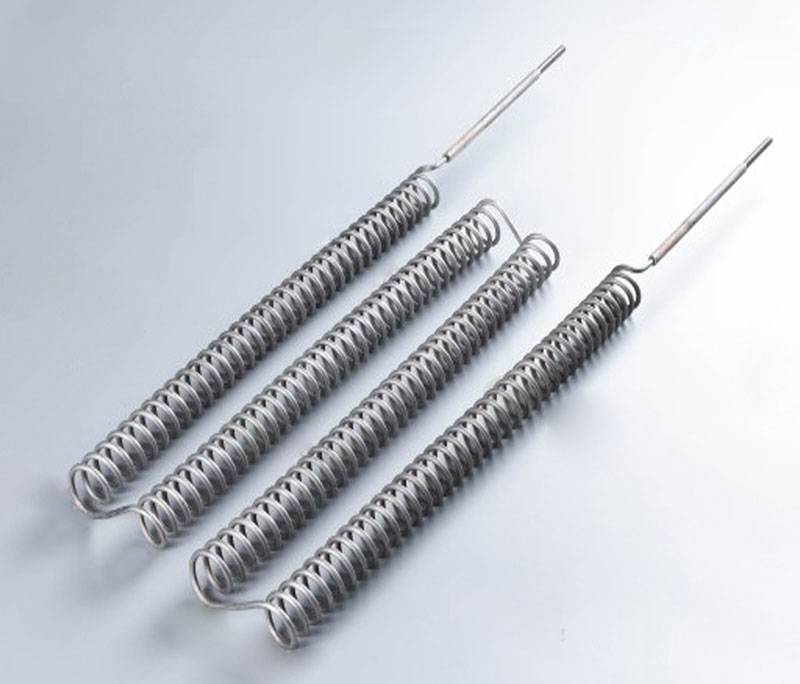
Control System
The control system in a laboratory tube furnace is pivotal for maintaining optimal operational efficiency and precision. This system is responsible for managing several critical parameters, including heating power and temperature regulation, to ensure the furnace operates within predefined specifications.
One of the key functions of the control system is to maintain a stable and uniform temperature distribution within the furnace. This is achieved through sophisticated algorithms that continuously monitor and adjust the heating elements, ensuring that the desired temperature is maintained regardless of external fluctuations. For instance, the system can dynamically adjust the power supplied to the heating elements based on real-time temperature readings, thereby preventing overheating or underheating.
Moreover, the control system is equipped with advanced safety features that protect both the furnace and its operators. These features include automatic shut-off mechanisms that activate in case of a sudden power surge or if the temperature exceeds safe limits. Additionally, the system can be programmed to follow specific temperature profiles for different experimental requirements, offering a high degree of flexibility and customization.
In summary, the control system is not just a regulatory mechanism but a comprehensive management tool that ensures the laboratory tube furnace operates efficiently, safely, and with the highest precision.
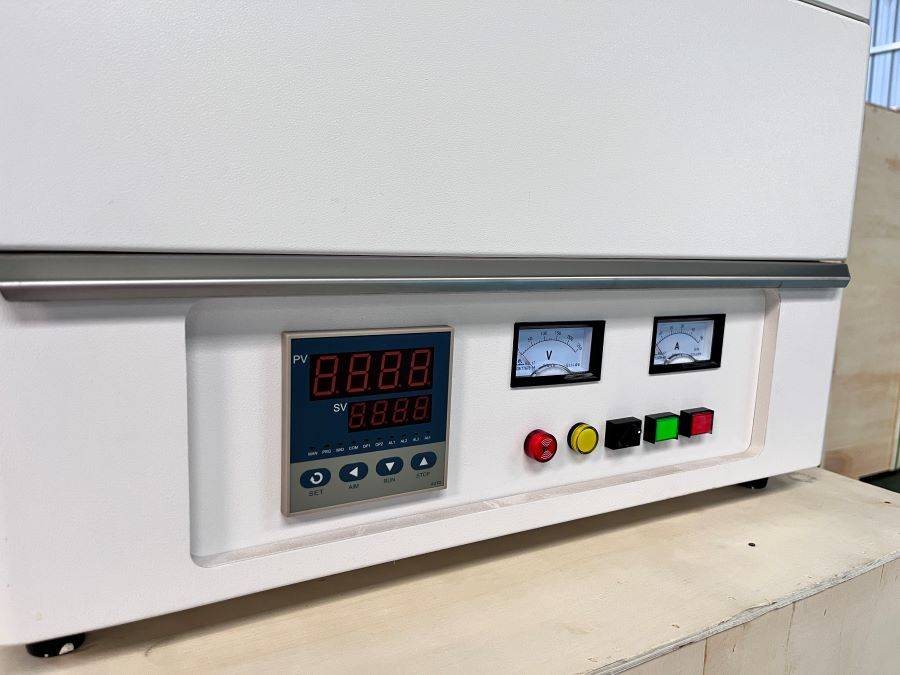
Advantages of Tube Furnaces
Temperature Uniformity
Ensuring temperature uniformity within the container is a critical aspect of tube furnace operation. Heating elements are meticulously positioned to achieve a consistent temperature distribution across the entire working area. This strategic placement is essential for maintaining the integrity and efficacy of the processes conducted within the furnace.
Temperature Accuracy and Compliance
The temperature uniformity in tube furnaces is often specified with strict tolerances to meet industry standards. For instance, compliance with AMS 2750D requirements ensures that the furnace operates within acceptable temperature deviations:
| Temperature Range | Tolerance | Compliance Standard |
|---|---|---|
| 300-600°F | ±20°F | AMS 2750D, Class 4 |
| 600-900°F | ±15°F | AMS 2750D, Class 3 |
| 900-2500°F | ±10°F | AMS 2750D, Class 2 |
Hot Zone Design and Optimization
The design of the hot zone plays a pivotal role in achieving temperature uniformity. Factors such as insulation design, required openings for components, and gas flow patterns significantly influence the temperature distribution. For instance, inadequate insulation or improper gas flow can lead to temperature inconsistencies, particularly at the rear and front sections of the hot zone.
To mitigate these issues, modern tube furnaces often incorporate multiple heating zones. Each zone can be independently controlled to adjust and trim the power input, ensuring a more balanced and uniform temperature profile. This multi-zone heating approach is particularly beneficial in addressing the inherent heat loss variations from the front to the back of the hot zone.
Space Efficiency
Tube furnaces stand out in their ability to maximize space efficiency, particularly when compared to other types of heating equipment. This efficiency is not just a matter of compact design but also a reflection of their optimized internal configurations.
Key Factors Contributing to Space Efficiency
-
Compact Design: Tube furnaces are inherently compact, allowing them to fit into smaller lab spaces without compromising on functionality. This compactness is achieved through a streamlined design that minimizes unnecessary bulk while maximizing the use of available space.
-
Strategic Heating Elements: The placement of heating elements within tube furnaces is meticulously planned to ensure that the entire internal volume is utilized effectively. Unlike larger, box-type furnaces, which may have underutilized space due to their bulkier construction, tube furnaces make every cubic inch count.
-
Efficient Insulation: Advanced insulation techniques further enhance the space efficiency of tube furnaces. High-quality insulation not only reduces energy loss but also allows for a more compact furnace design, as less space is needed to achieve the same level of thermal performance.
Comparison with Box-Type Furnaces
| Feature | Tube Furnace | Box-Type Furnace |
|---|---|---|
| Physical Size | More compact | Larger and bulkier |
| Space Utilization | Highly efficient, every space utilized | Less efficient, more space required |
| Heating Elements | Strategically placed for optimal use | May have underutilized heating zones |
| Insulation | Advanced, compact design | Basic, requires more space for same performance |
In summary, tube furnaces excel in space efficiency by combining a compact design with strategic placement of heating elements and advanced insulation techniques. This makes them an ideal choice for laboratories and industries where space is at a premium.
Ease of Operation
Advanced control systems in laboratory tube furnaces facilitate intelligent operation and remote monitoring, significantly enhancing user-friendliness. These systems are designed to be intuitive, allowing operators to easily manage heating power, temperature regulation, and other critical parameters. The integration of digital interfaces and programmable logic controllers (PLCs) ensures that even complex operations can be executed with minimal training.
Remote monitoring capabilities are particularly beneficial in laboratory settings, where real-time data access is crucial. Operators can oversee the furnace's performance from a distance, adjusting settings as needed without physically interacting with the equipment. This not only improves safety but also allows for continuous operation, optimizing productivity.
Moreover, the user-friendly nature of these control systems reduces the likelihood of operational errors. Pre-programmed heating cycles and automatic safety protocols further simplify the operation process, making tube furnaces accessible to a broader range of users, from seasoned professionals to novice operators.
Energy Efficiency
Tube furnaces are engineered to optimize energy consumption, leading to substantial cost reductions over their operational lifespan. This efficiency is achieved through several key design features and operational strategies.
Firstly, the insulation layers within the furnace are meticulously designed to minimize heat loss. These layers, often composed of high-performance materials, ensure that the thermal energy generated by the heating elements is retained within the furnace chamber, thereby reducing the overall energy required to maintain desired temperatures.
Secondly, the strategic placement of heating elements, such as resistance wires, silicon carbon rods, and silicon molybdenum rods, contributes to a more uniform distribution of heat. This uniformity not only enhances the quality of the heating process but also ensures that energy is used more effectively, avoiding hotspots and energy wastage.
Moreover, the advanced control systems integrated into tube furnaces play a crucial role in energy efficiency. These systems manage parameters such as heating power and temperature regulation with precision, ensuring that the furnace operates at optimal levels. Intelligent operation and remote monitoring capabilities further enhance efficiency by allowing for real-time adjustments and preventive maintenance, thereby reducing energy consumption and extending the lifespan of the equipment.
In summary, tube furnaces are not only designed to minimize energy consumption but also to maximize the efficiency of every operational aspect, resulting in significant cost savings and environmental benefits.
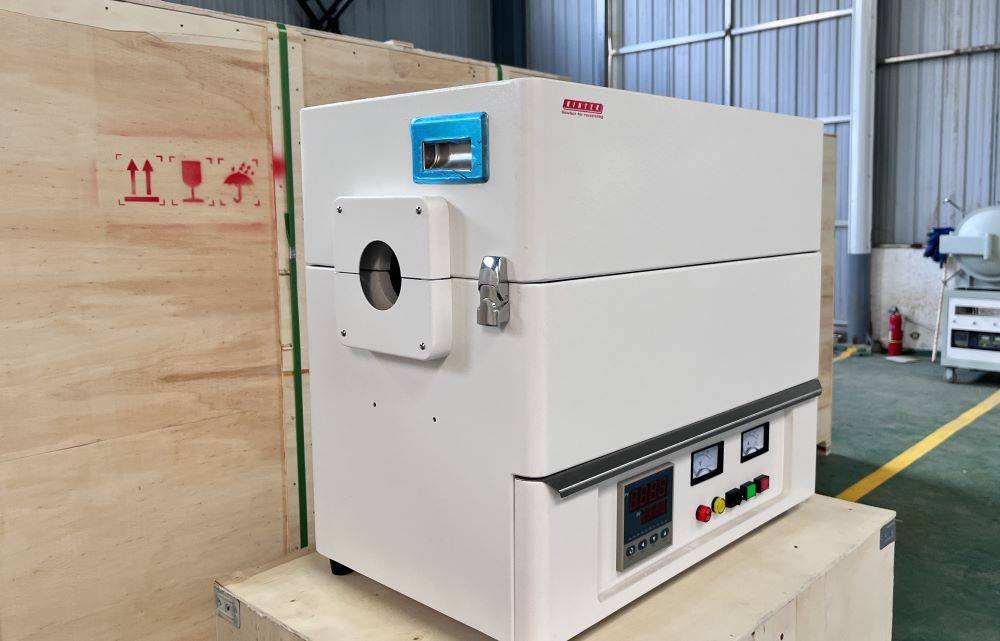
Installation and Setup
Furnace Installation
Proper installation of a furnace is a critical step that ensures its longevity and optimal performance. The initial placement should be on a stable, level platform to prevent any undue stress or movement that could compromise the furnace's integrity. This stability is essential for maintaining precise temperature control and preventing potential safety hazards.
Before powering up the furnace, a thorough inspection is necessary to ensure that the installation site is free from debris and any flammable materials. This precaution not only safeguards the furnace but also mitigates the risk of fire or other accidents. Additionally, the surrounding area should be clear to allow for adequate ventilation, which is crucial for dissipating heat and preventing overheating.
To illustrate the importance of these steps, consider the following checklist for a safe and effective furnace installation:
- Platform Stability: Ensure the platform is level and capable of supporting the furnace's weight.
- Debris-Free Site: Clear the area of any debris, dust, or flammable materials.
- Ventilation: Ensure the installation site allows for proper heat dissipation and air circulation.
By adhering to these guidelines, you can significantly enhance the safety and efficiency of your furnace, ensuring it operates at peak performance for years to come.
Controller Installation
Setting up the control system for a laboratory tube furnace involves several critical steps, beginning with the connection of the power supply. This is a foundational step that ensures the furnace can operate efficiently and safely. The power supply must be correctly wired to the control panel, adhering to all electrical safety guidelines to prevent hazards such as electrical shocks or fires.
Next, the thermocouple, a crucial component for temperature measurement and control, must be properly inserted and secured. The thermocouple's positioning is vital for accurate temperature readings, as it directly influences the furnace's ability to maintain precise temperatures. Typically, the thermocouple is placed in a designated slot within the furnace's chamber, ensuring it is in direct contact with the heating elements to provide real-time temperature data.
Securing the thermocouple involves tightening it with the appropriate tools to prevent any movement that could affect its accuracy. This step is essential to ensure the control system can respond promptly to any temperature fluctuations, thereby maintaining the desired heating conditions within the furnace.
In summary, connecting the power supply and ensuring the thermocouple is correctly inserted and secured are pivotal steps in setting up the control system. These actions not only facilitate the furnace's operation but also contribute to its overall efficiency and safety.
Flange Installation
Installing the flange is a critical step in setting up a laboratory tube furnace, ensuring a secure and airtight connection for the furnace pipe. The process involves several meticulous steps to guarantee the integrity and functionality of the system.
-
Inserting the Furnace Pipe: Begin by carefully inserting the furnace pipe into the designated slot on the flange. Ensure that the pipe is aligned correctly to avoid any misalignment that could compromise the seal.
-
Securing with O-rings: Once the pipe is in position, place the O-rings around the pipe's outer edge. These O-rings act as a primary seal, preventing gas leaks and ensuring a tight fit. It is crucial to use O-rings made of materials compatible with the furnace's operating conditions to prevent degradation over time.
-
Attaching the Clamps: After the O-rings are in place, use clamps to secure the flange to the furnace pipe. The clamps should be tightened evenly to avoid any distortion or uneven pressure on the O-rings. This step is essential for maintaining the structural integrity and ensuring a proper seal.
-
Final Inspection: Before proceeding, conduct a thorough inspection of the flange installation. Check for any signs of misalignment, loose clamps, or damaged O-rings. A final tightening of the clamps may be necessary to ensure everything is secure.
By following these detailed steps, you can ensure a successful flange installation, which is vital for the proper functioning and safety of the laboratory tube furnace.
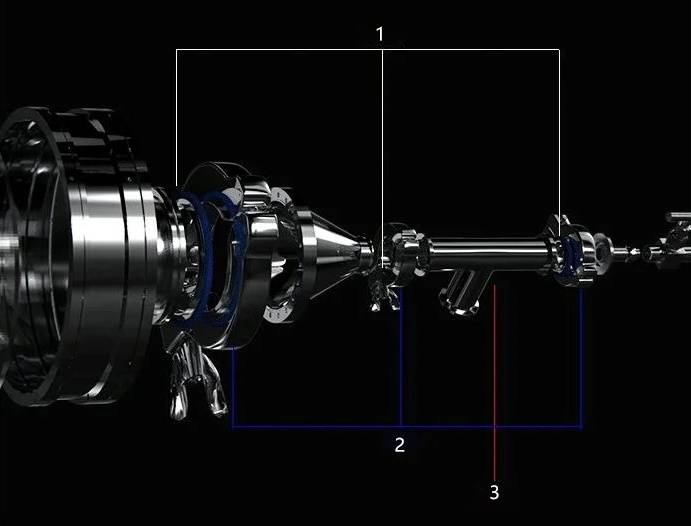
Operational Precautions
Initial Use and Maintenance
Before the first use of a laboratory tube furnace, it is imperative to conduct a thorough baking process. This initial baking helps in driving out any moisture that may have accumulated during storage or transportation, thereby preventing potential damage to the heating elements and ensuring optimal performance.
Regular maintenance checks are equally crucial. These should include inspections of critical components such as silicon carbon rods and screws. Silicon carbon rods, being core heating elements, require particular attention to ensure they are not cracked or worn, which could compromise the furnace's ability to reach and maintain high temperatures. Similarly, screws and other fasteners must be periodically checked for tightness to prevent any leakage or structural instability.
For a more detailed maintenance schedule, consider the following checklist:
-
Weekly Checks:
- Inspect silicon carbon rods for cracks or wear.
- Verify the tightness of all screws and fasteners.
- Clean the exterior of the furnace to prevent debris buildup.
-
Monthly Checks:
- Perform a visual inspection of the insulation layers for any signs of damage.
- Check the control system for accurate temperature regulation.
- Ensure the thermocouple is correctly inserted and functioning.
-
Annual Checks:
- Conduct a comprehensive inspection of all components, including the heating elements and control system.
- Calibrate the temperature sensors and control mechanisms.
- Replace any worn-out parts as necessary.
By adhering to this maintenance routine, you can significantly extend the lifespan of your laboratory tube furnace and ensure consistent, reliable performance.
Environmental Considerations
When operating laboratory tube furnaces, it is crucial to consider environmental factors that could impact the performance and longevity of the heating elements. One significant concern is water vapor intrusion, which can lead to corrosion and degradation of the heating components. To mitigate this risk, it is essential to maintain a dry environment around the furnace, ensuring that no moisture can penetrate the system.
Additionally, the use of chlorine or oxygen chloride should be strictly avoided. These chemicals, while sometimes used in laboratory settings for cleaning or other purposes, can severely compromise the integrity of the heating elements. Chlorine, in particular, is highly reactive and can corrode the materials used in the construction of the heating elements, leading to potential failures and costly repairs.
| Environmental Hazard | Impact on Heating Elements | Prevention Measures |
|---|---|---|
| Water Vapor Intrusion | Corrosion and degradation | Maintain a dry environment, use desiccants if necessary |
| Chlorine Exposure | Material corrosion and failure | Avoid using chlorine or oxygen chloride in the vicinity of the furnace |
By adhering to these environmental precautions, laboratories can ensure the efficient and safe operation of their tube furnaces, extending the lifespan of the equipment and reducing the risk of unexpected downtime.
Comparison with Box Resistance Furnaces
Sintering Object Differences
Tube furnaces are designed to handle smaller objects, which are typically inserted into quartz tubes. This design constraint allows for precise control over the sintering process, especially when dealing with delicate materials that require a controlled atmosphere. The smaller size of the objects being sintered in tube furnaces often necessitates the use of pressure-based sintering techniques, which do not require the material to reach its melting point. This is particularly advantageous for materials that might degrade or lose their structural integrity if exposed to high temperatures that induce liquefaction.
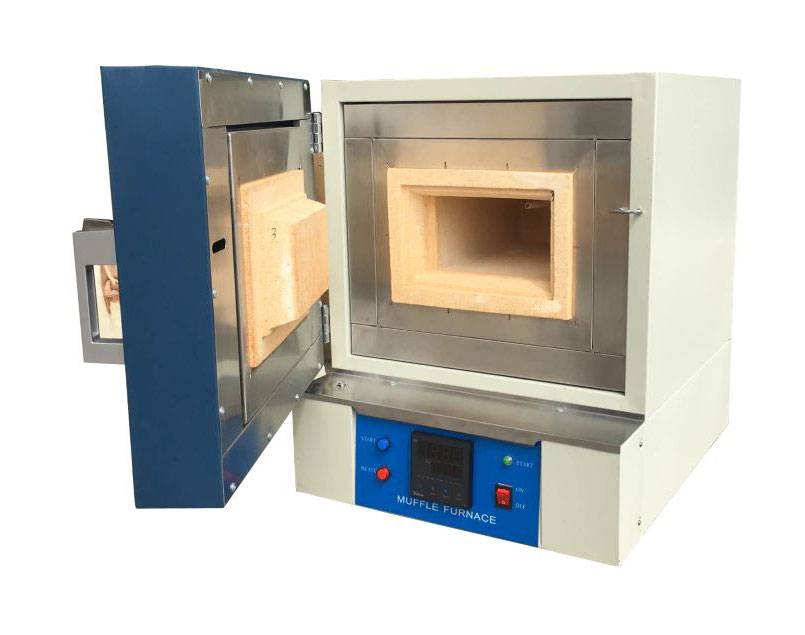
On the other hand, box-type furnaces are equipped to manage larger objects directly within their chamber. These furnaces are often preferred for bulk sintering processes where the size and shape of the objects are less critical to the outcome. The ability to handle larger volumes allows for more efficient processing of materials that can withstand higher temperatures and the accompanying liquefaction phase. This difference in handling capability is crucial for industries that require the consolidation of large quantities of material, such as in the production of ceramics or certain metal alloys.
| Feature | Tube Furnaces | Box-Type Furnaces |
|---|---|---|
| Object Size | Smaller, inserted into quartz tubes | Larger, directly in the chamber |
| Sintering Technique | Pressure-based, avoids liquefaction | Can involve liquefaction at higher temperatures |
| Material Suitability | Delicate materials, controlled atmosphere | Robust materials, bulk processing |
| Efficiency | High precision, smaller batches | High throughput, larger volumes |
Understanding these differences is essential for selecting the appropriate furnace type based on the specific requirements of the sintering process, whether it be for maintaining the integrity of delicate materials or for efficiently processing larger volumes of robust substances.
Heating Element Variations
Both tube and box resistance furnaces employ a variety of heating elements, such as silicon rods, to achieve high temperatures. However, the manner in which these elements interact with the atmosphere within the furnace differs significantly between the two types.
In tube furnaces, the heating elements are often configured to facilitate a more dynamic atmosphere circulation. This dynamic circulation is crucial for maintaining uniform temperature distribution and ensuring efficient heat transfer within the confined space of the tube. The design of the heating elements in tube furnaces, which can include removable ceramic core elements with coiled resistance heating alloy wires threaded through ceramic segments, allows for flexibility in replacement or repair without disrupting the ongoing process. This type of element is particularly useful in fluid heating applications under pressure.
On the other hand, box resistance furnaces, while also utilizing similar heating elements, tend to have a more static atmosphere circulation due to their larger and more enclosed chamber design. This static environment can be advantageous for certain applications where consistent, albeit less dynamic, heating conditions are required.
The choice between these two types of furnaces often depends on the specific needs of the application, with tube furnaces being preferred for their dynamic atmosphere and space efficiency, and box-type furnaces offering larger capacity and convenience for certain processes.
Physical Characteristics
Tube furnaces stand out for their compact design, making them ideal for laboratories with limited space. In contrast, box-type furnaces are significantly larger, necessitating more room for installation. However, the larger size of box-type furnaces can be advantageous for certain applications, providing greater convenience and flexibility in handling larger samples or multiple experiments simultaneously.
| Feature | Tube Furnace | Box-Type Furnace |
|---|---|---|
| Size and Space | Compact, ideal for small spaces | Larger, requires more space |
| Sample Handling | Typically handles smaller objects | Capable of managing larger objects |
| Application Flexibility | Limited by size | Offers more versatility |
The physical differences between these two types of furnaces are not just about size but also influence their practical applications and the convenience they offer to users.
Related Products
- Multi Zone Laboratory Quartz Tube Furnace Tubular Furnace
- Vertical Laboratory Quartz Tube Furnace Tubular Furnace
- 1400℃ Laboratory Quartz Tube Furnace with Alumina Tube Tubular Furnace
- Laboratory Vacuum Tilt Rotary Tube Furnace Rotating Tube Furnace
- 1700℃ Laboratory Quartz Tube Furnace with Alumina Tube Tubular Furnace
Related Articles
- Exploring the Key Characteristics of Tube Heating Furnaces
- Exploring the Using a Chamber Furnace for Industrial and Laboratory Applications
- Comprehensive Guide to Tube Furnaces: Types, Applications, and Considerations
- Exploring Rotary Tube Furnaces: A Comprehensive Guide
- The Versatility of Tube Furnaces: A Guide to Their Applications and Benefits
